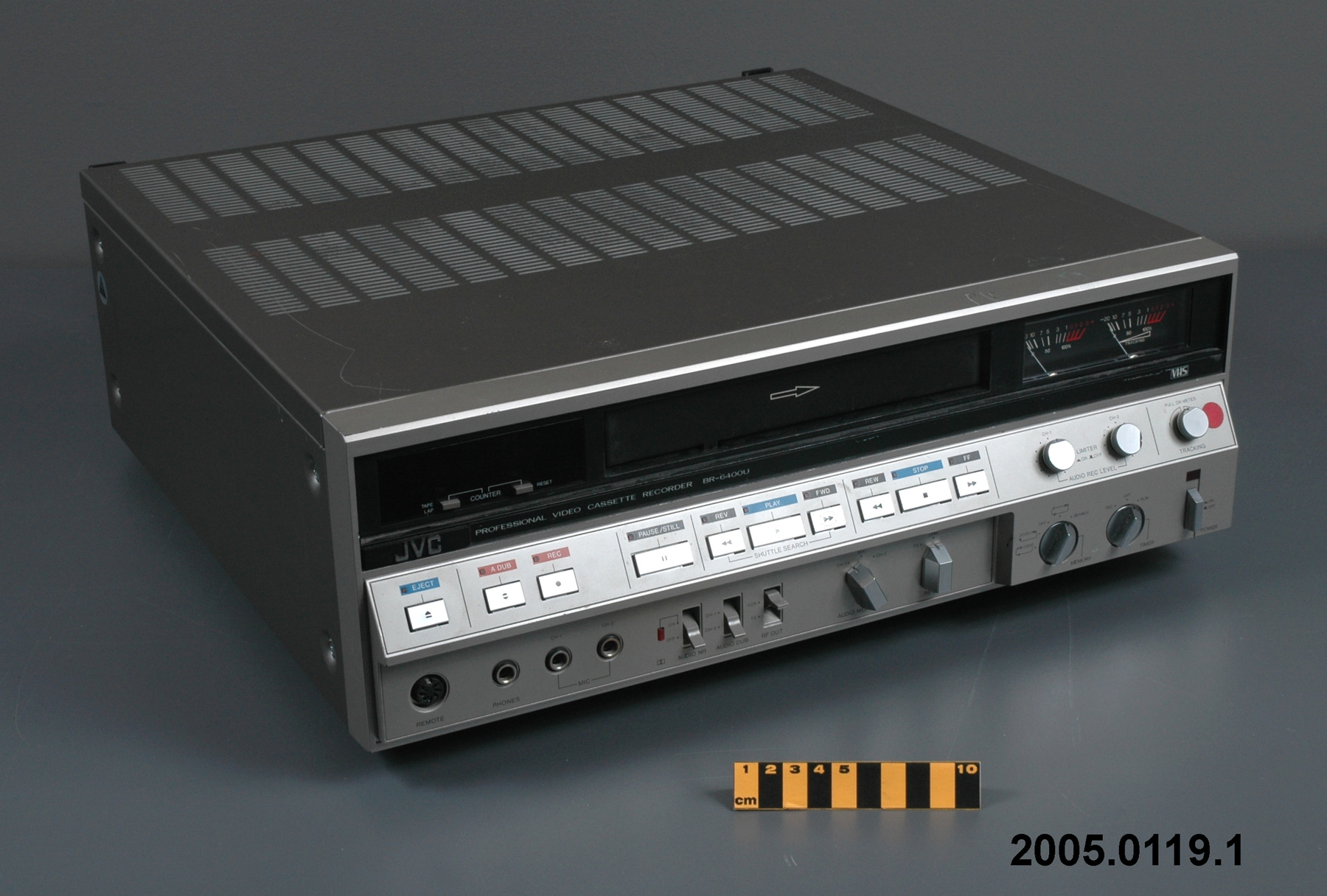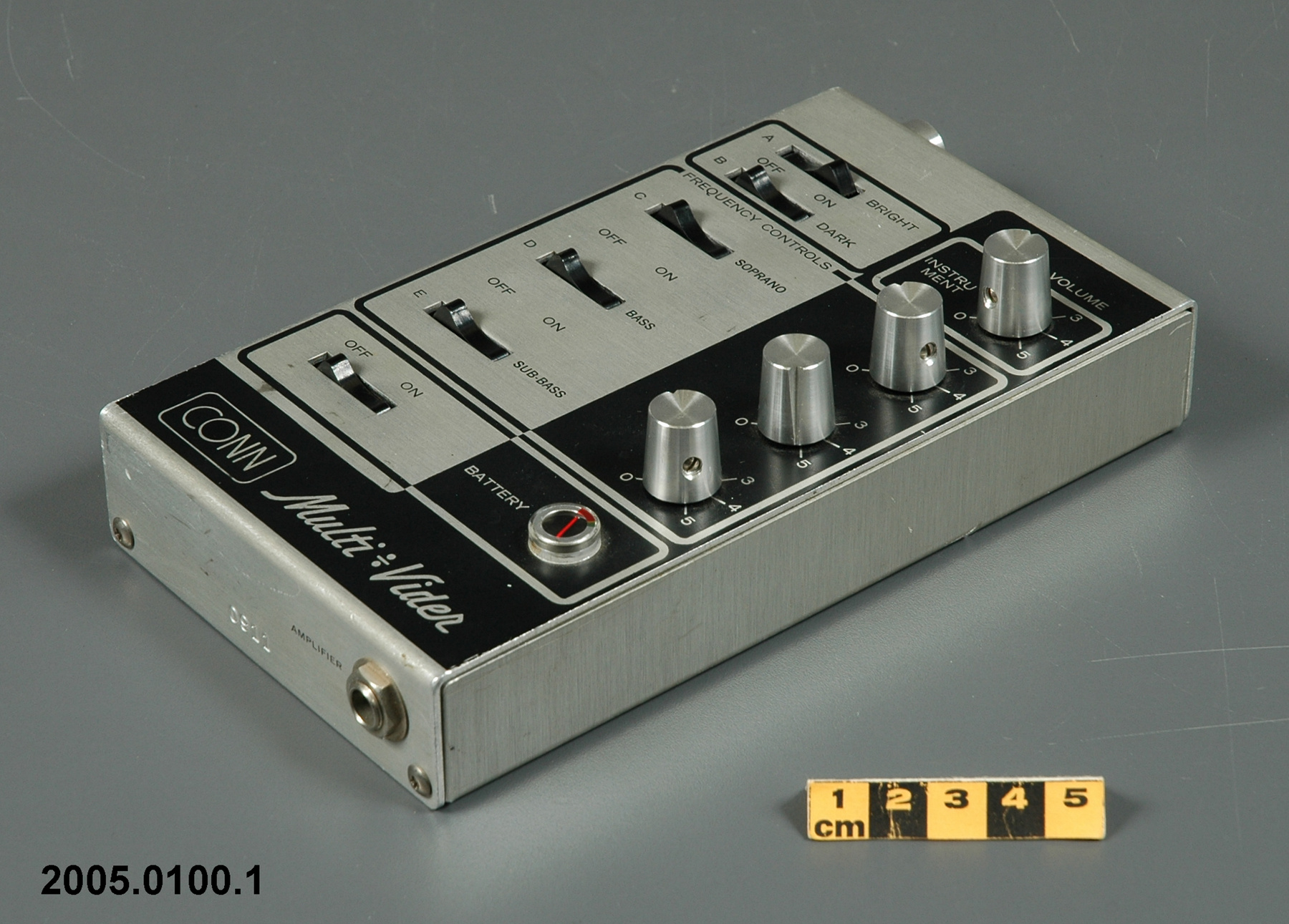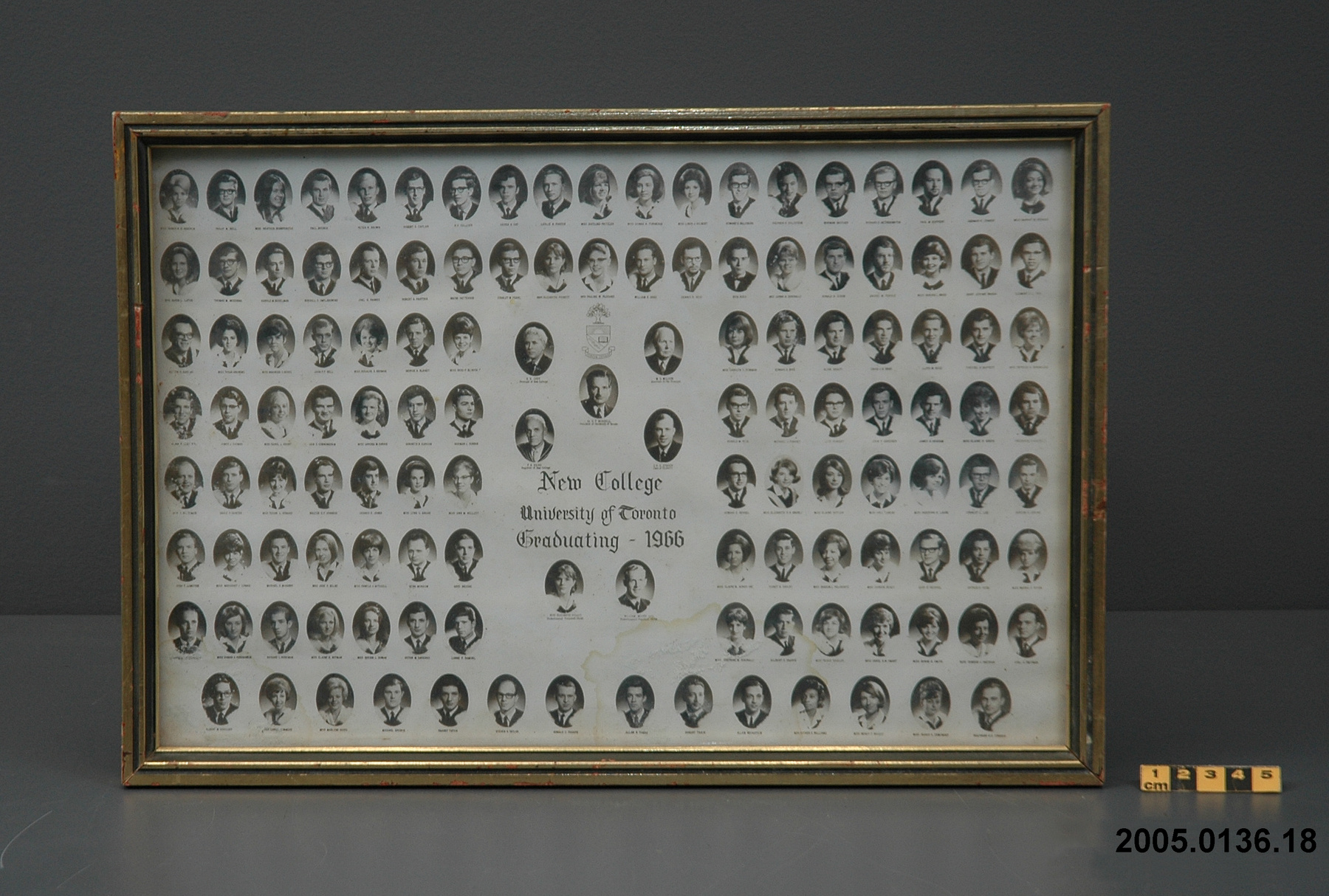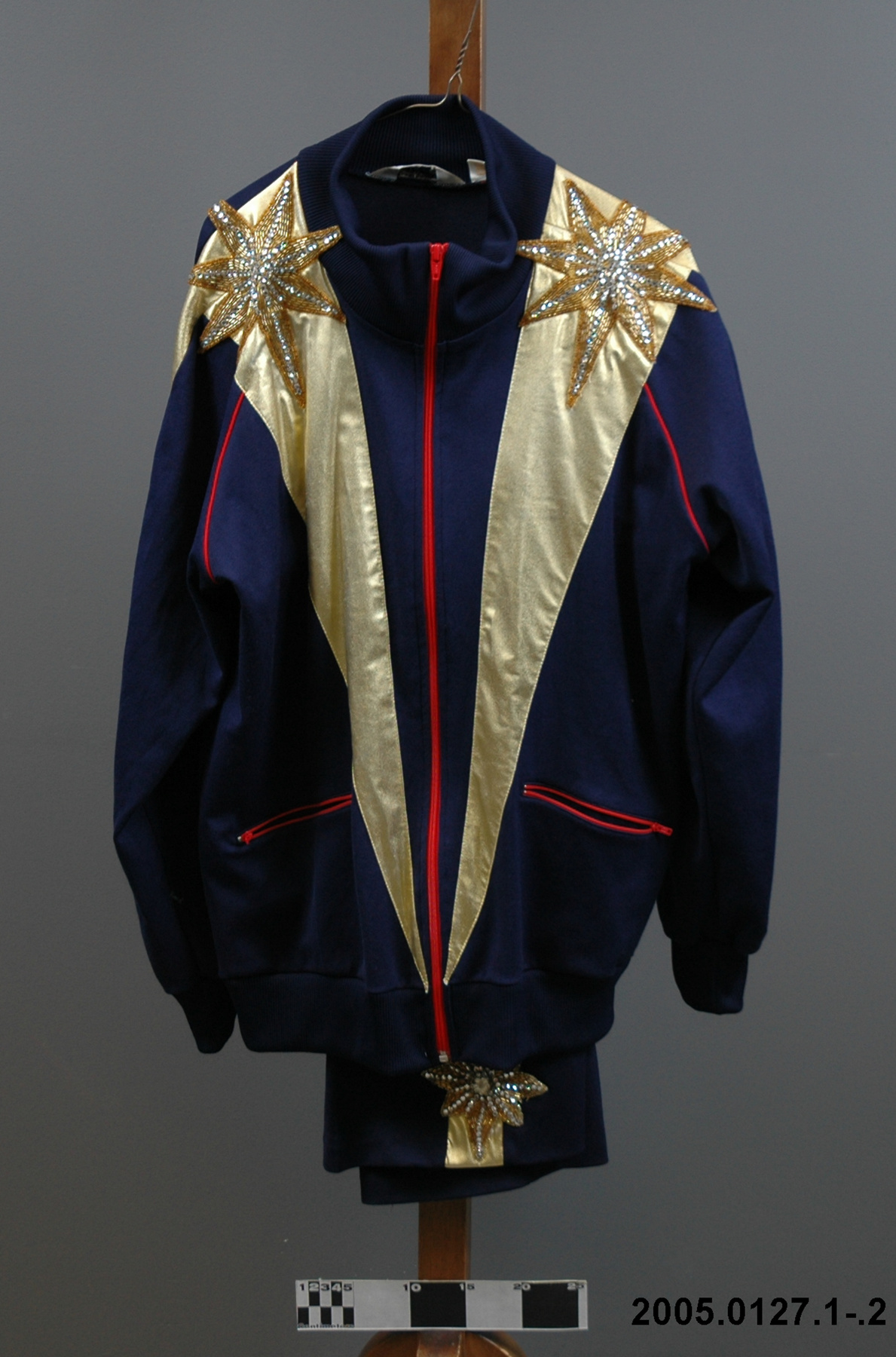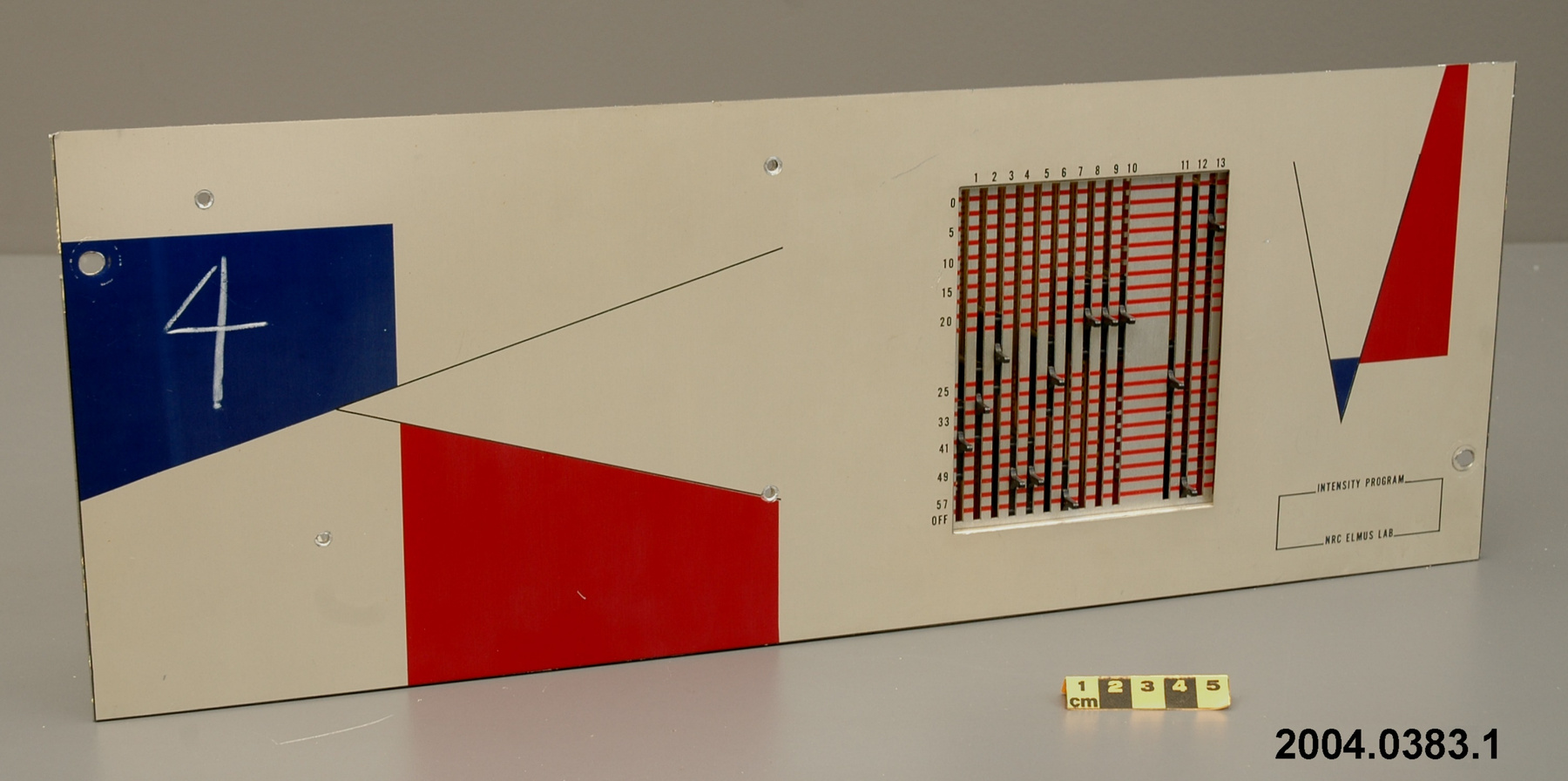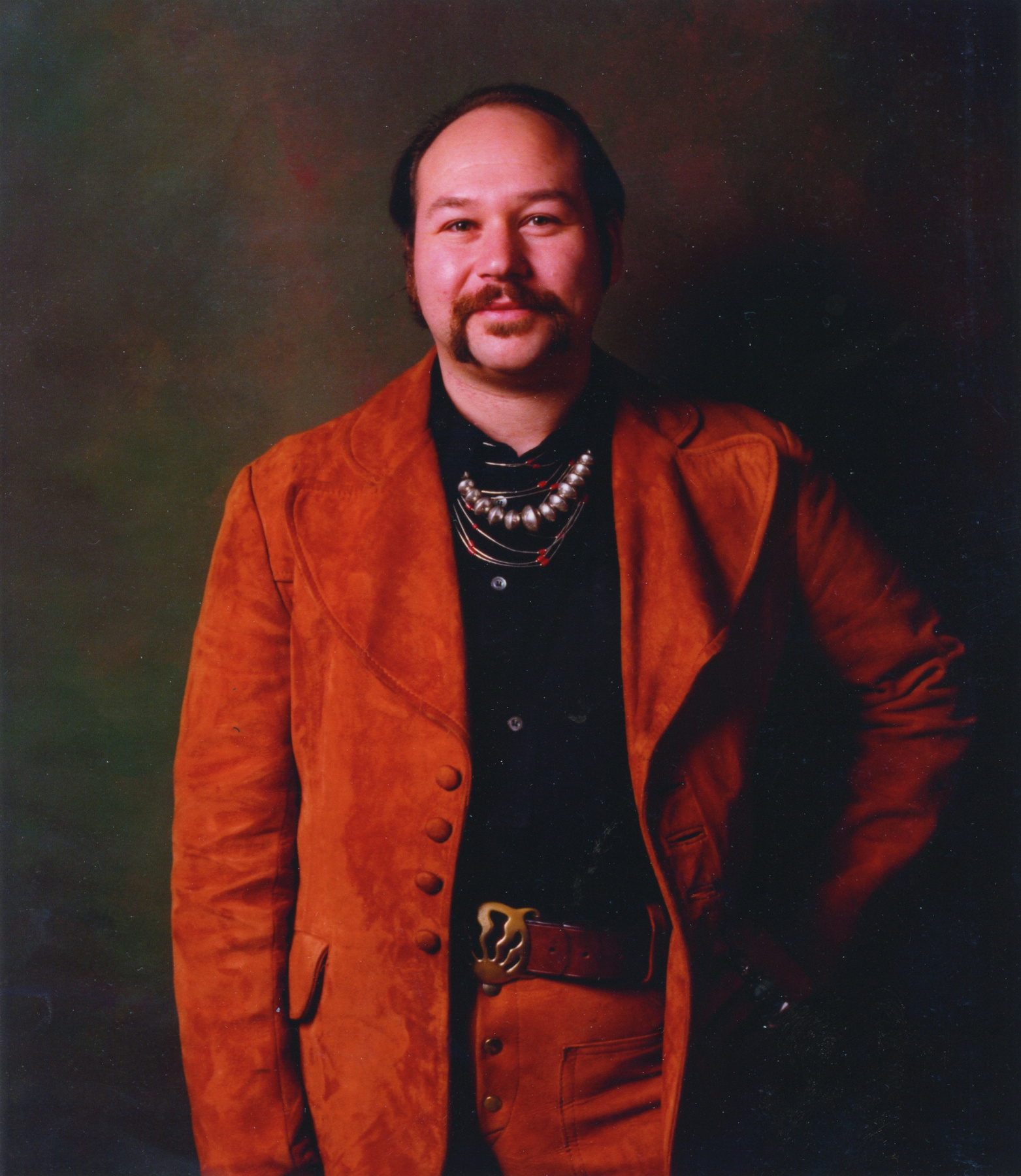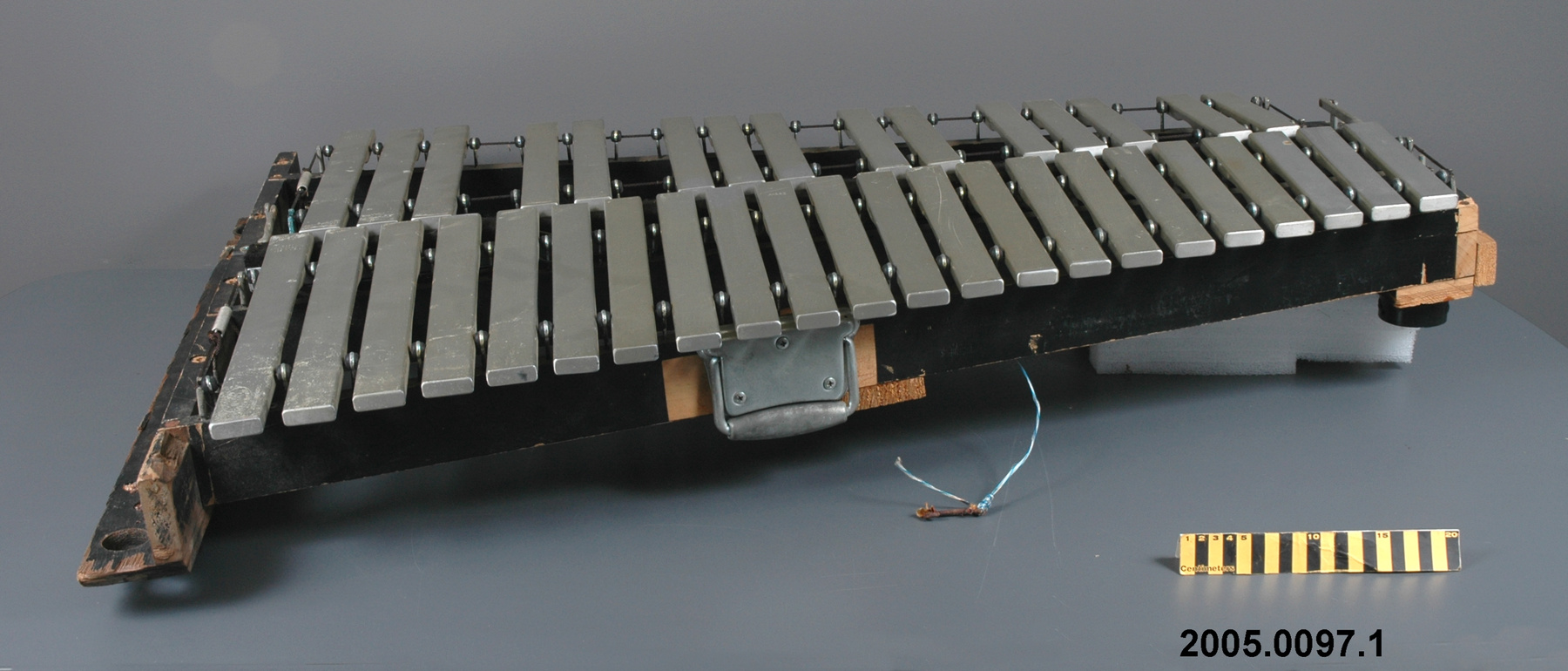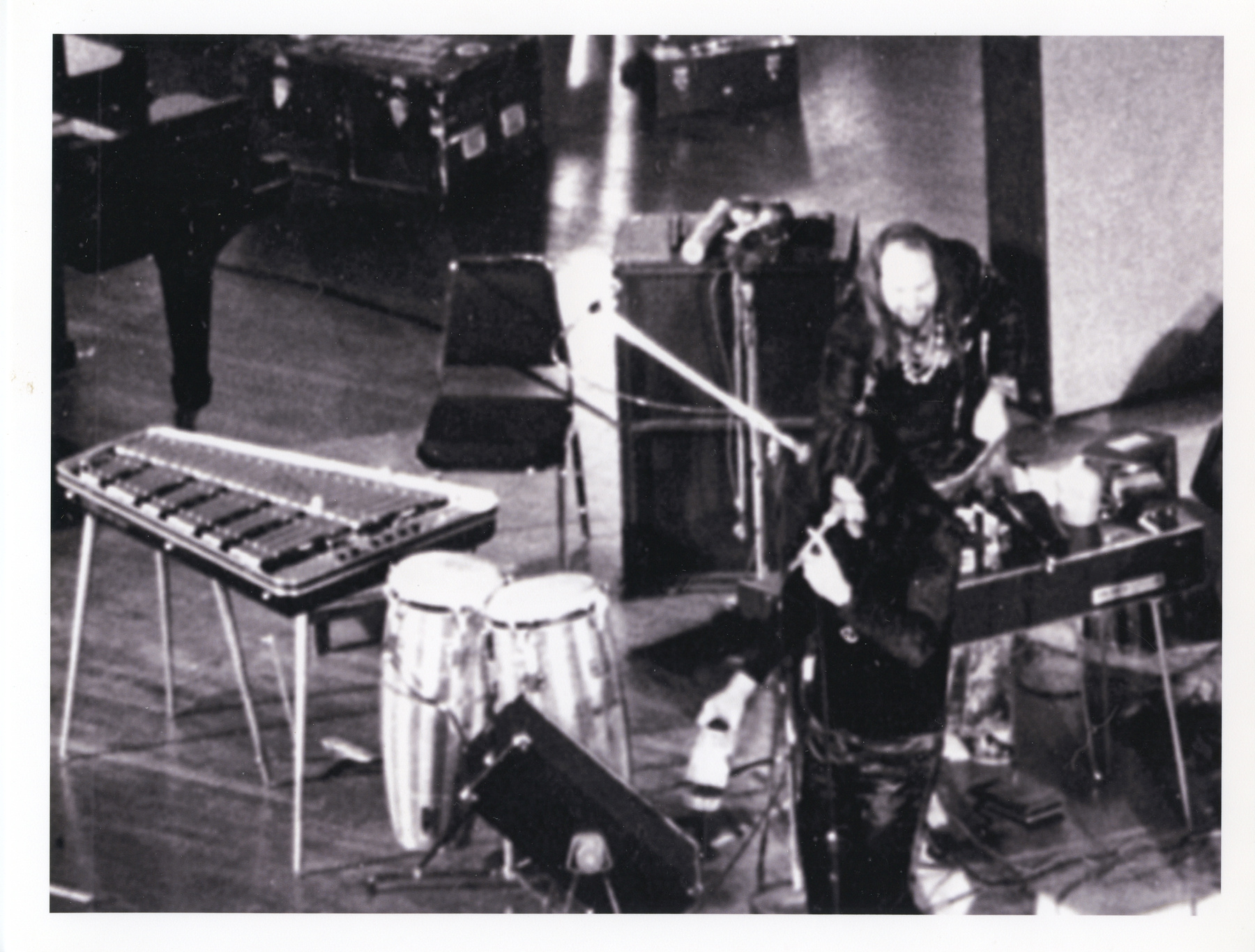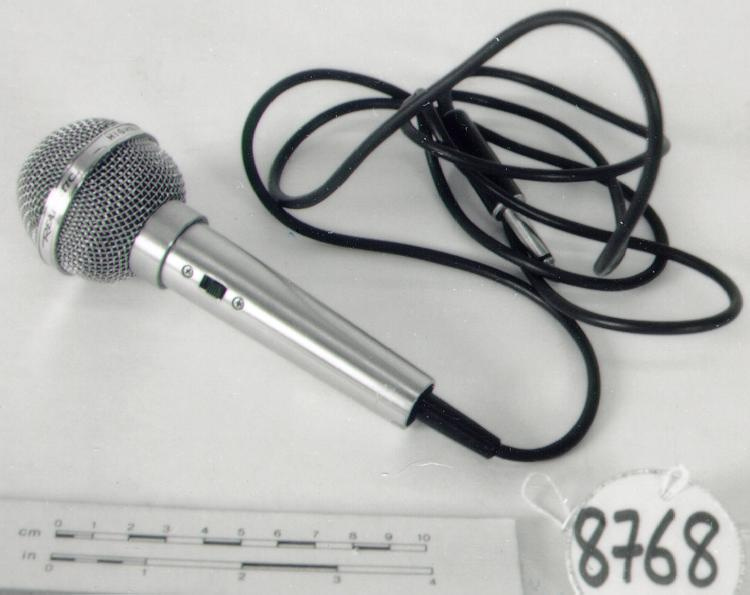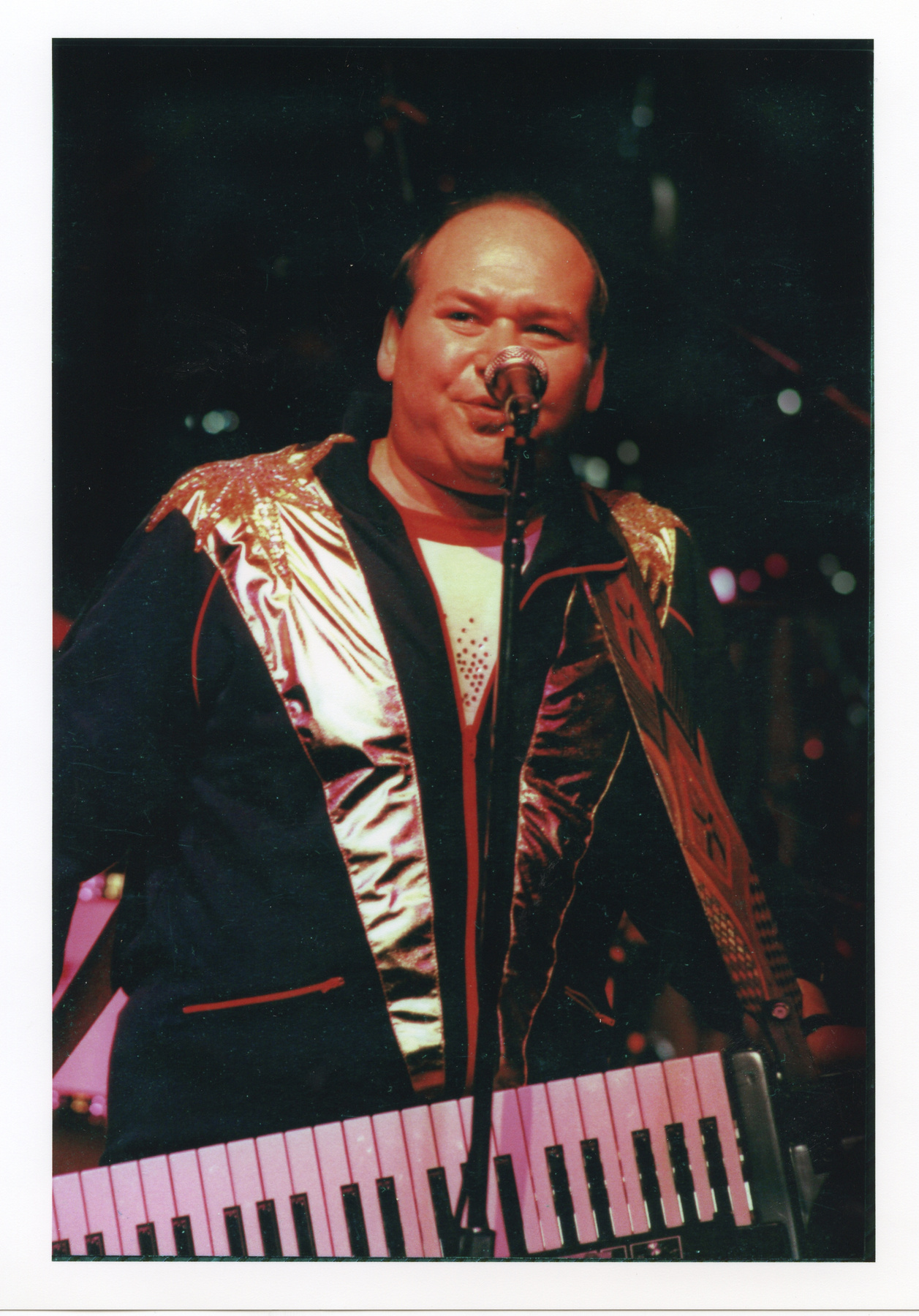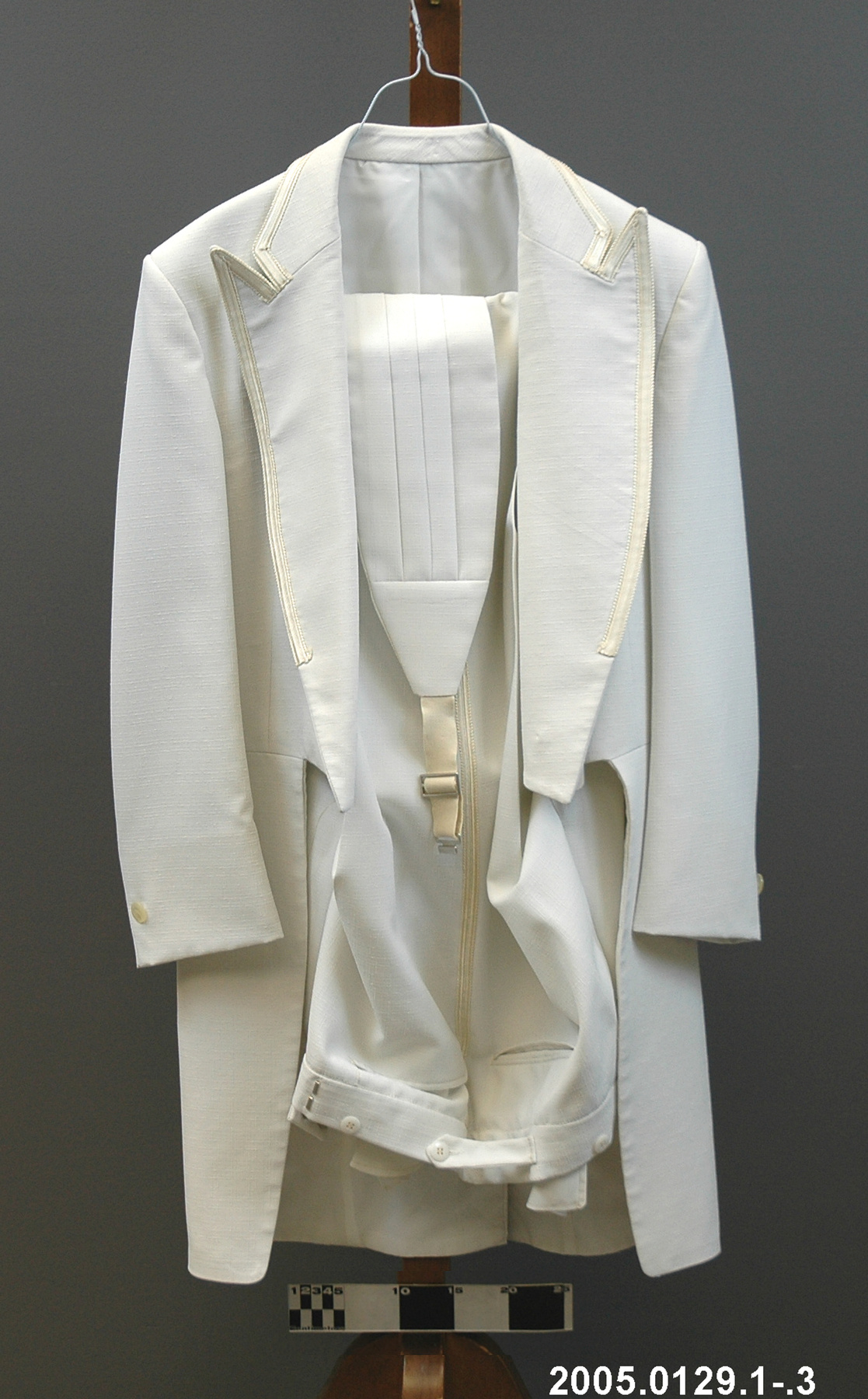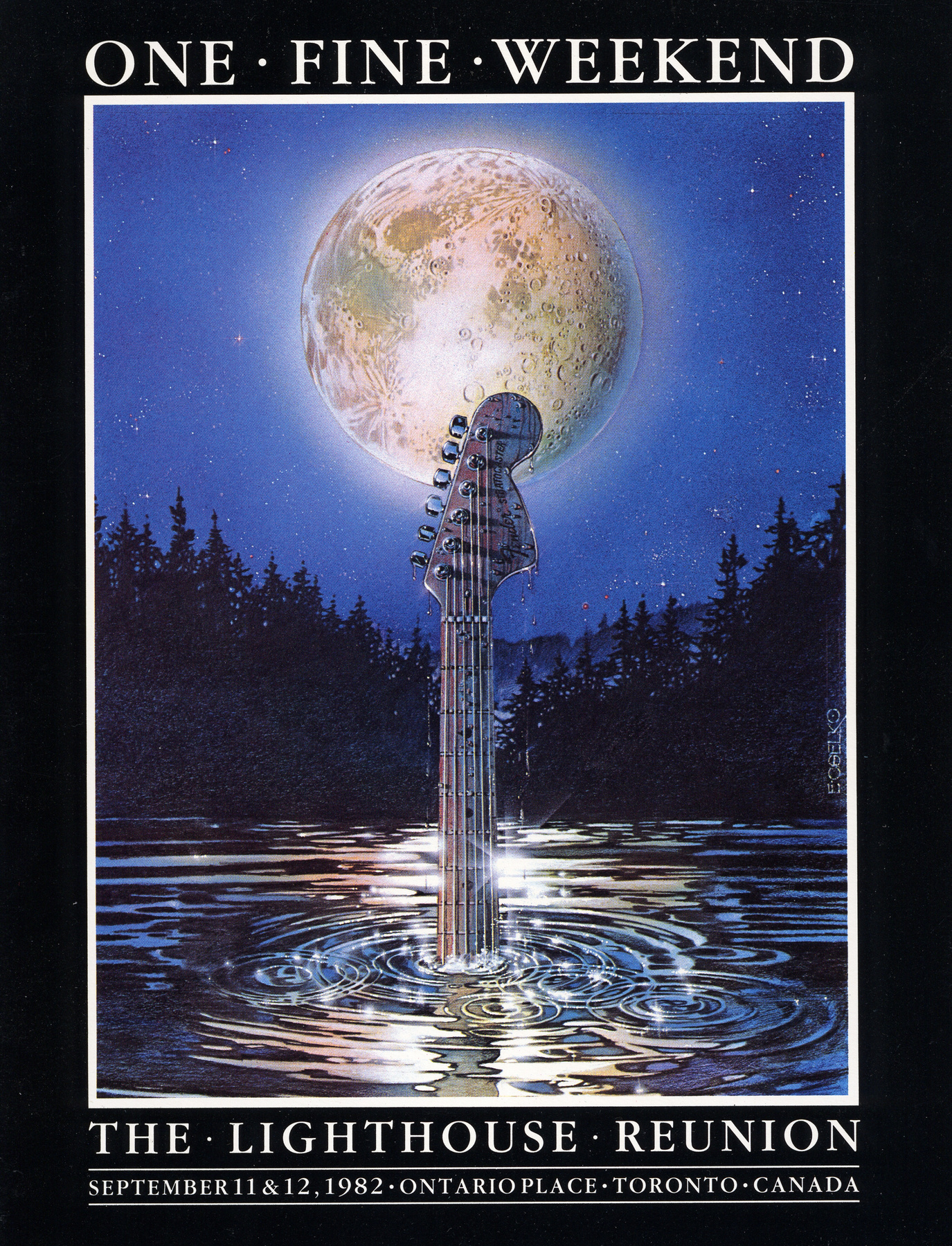Sequencer
Use this image
Can I reuse this image without permission? Yes
Object images on the Ingenium Collection’s portal have the following Creative Commons license:
Copyright Ingenium / CC BY-NC-ND (Attribution-NonCommercial 4.0 International (CC BY-NC 4.0)
ATTRIBUTE THIS IMAGE
Ingenium,
2013.0665.001
Permalink:
Ingenium is releasing this image under the Creative Commons licensing framework, and encourages downloading and reuse for non-commercial purposes. Please acknowledge Ingenium and cite the artifact number.
DOWNLOAD IMAGEPURCHASE THIS IMAGE
This image is free for non-commercial use.
For commercial use, please consult our Reproduction Fees and contact us to purchase the image.
- OBJECT TYPE
- N/A
- DATE
- 1981
- ARTIFACT NUMBER
- 2013.0665.001
- MANUFACTURER
- Roland Corp.
- MODEL
- MicroComposer MC-4B
- LOCATION
- Japan
More Information
General Information
- Serial #
- 271031
- Part Number
- 1
- Total Parts
- 1
- AKA
- Sequencer
- Patents
- N/A
- General Description
- Sequencer is composed of synthetic materials, wood and metals.
Dimensions
Note: These reflect the general size for storage and are not necessarily representative of the object's true dimensions.
- Length
- N/A
- Width
- N/A
- Height
- N/A
- Thickness
- N/A
- Weight
- N/A
- Diameter
- N/A
- Volume
- N/A
Lexicon
- Group
- Communications
- Category
- Sound
- Sub-Category
- N/A
Manufacturer
- AKA
- Roland
- Country
- Japan
- State/Province
- Unknown
- City
- Unknown
Context
- Country
- Canada
- State/Province
- Unknown
- Period
- Unknown
- Canada
-
Owned by celebrated Canadian jazz musician Oscar Peterson. - Function
-
Used to program and play back a sequence of musical tones over a set period of time. - Technical
-
The Roland MC-4 was an early, pre-MIDI sequencer. It could be programmed using on onboard 10-key “calculator keyboard” or external synthesizer, using the latter’s control voltage and gate outputs. According to the MC-4 Operating Manual, it was “created by a musician to enable musicians and composers to put the majority of their efforts into creativity rather than merely perfecting technique on an instrument. Musical expressions, such as phrasing and dynamics, usually difficult to master, are simple keystroke functions on the MC-4 … By assigning number values for duration, phrasing, dynamics, timbre, and tempo, all of the subtle nuances required of a real ‘human’ performance are easily programmed into the MC-4’s computer memory” (Roland MC-4 MicroComposer Operating Manual, 1981, p. 1). In short, the MC-4 was designed to automate musical expression, by allowing musical ideas to be composed, programmed, and finally performed by a machine. Historically it shares connections with early automated musical instruments, like music boxes and player pianos, and later compositional machines, like MIDI systems and Digital Audio Workstations (DAWs). The MC-4 came in two models – an A (which allowed for the programming of 3900 notes) and a B (which allowed for 12000 notes) – and was reportedly embraced by many influential musicians, among them Kraftwerk, Depeche Mode, and Aphex Twin. It has since been described as “both the peak and the end of the CV/Gate sequencing era” (Reid, 2004). - Area Notes
-
Unknown
Details
- Markings
- On the black manufacturing plate on the back of the sequencer: " AC 117 /. 50/60HZ 30W /. ROLAND CORPORATION /. MODEL MC-4B /. SERIAL NO. 271031 /. MADE IN JAPAN " On the black warning plate: " WARNING: SHOCK HAZARD /. - DO NOT OPEN /. AVIS: RISQUE /. DE CHOC ELECTRIQUE /. - NE PAS OUVRIR " The front surface of the sequencer, reads in part: " POWER /. ROLAND /. MICROCOMPOSER /. MC-4 "
- Missing
- Appears complete.
- Finish
- Sequencer with a grey coloured metal body. The two sides of the sequencer have a brown wooden panel siding. The sequencer has a black synthetic base and sits on four black rubber feet. The sequencer has numerous metal screws. The main interface has numerous synthetic buttons and various metal knobs. The back of the sequencer has an attached electrical cord with a black coated exterior.
- Decoration
- N/A
CITE THIS OBJECT
If you choose to share our information about this collection object, please cite:
Roland Corp., Sequencer, circa 1981, Artifact no. 2013.0665, Ingenium – Canada’s Museums of Science and Innovation, http://collections.ingeniumcanada.org/en/id/2013.0665.001/
FEEDBACK
Submit a question or comment about this artifact.
More Like This












